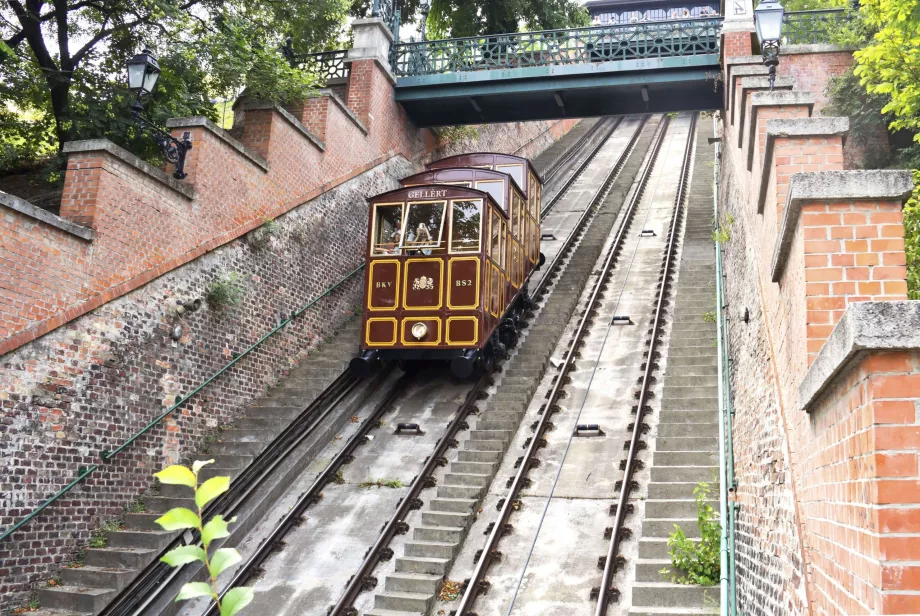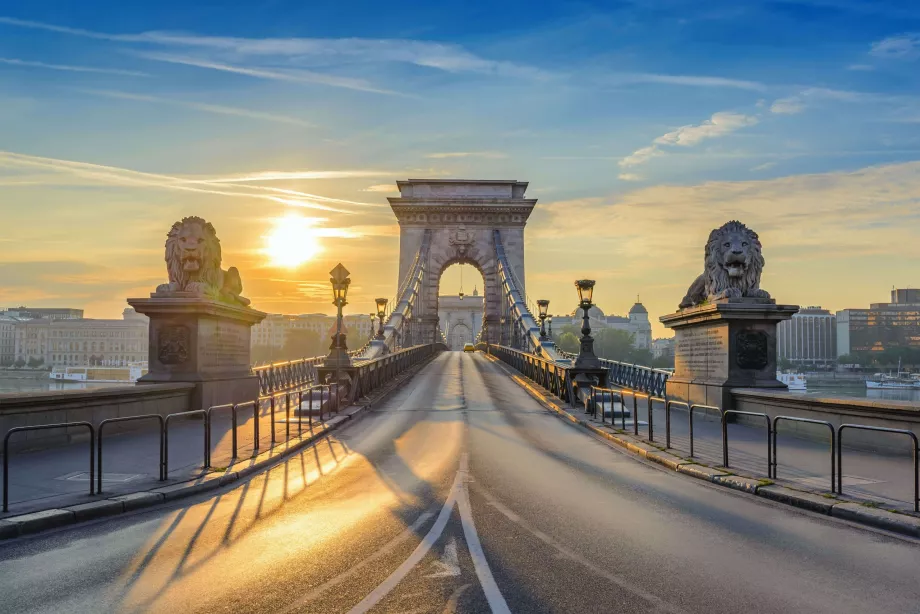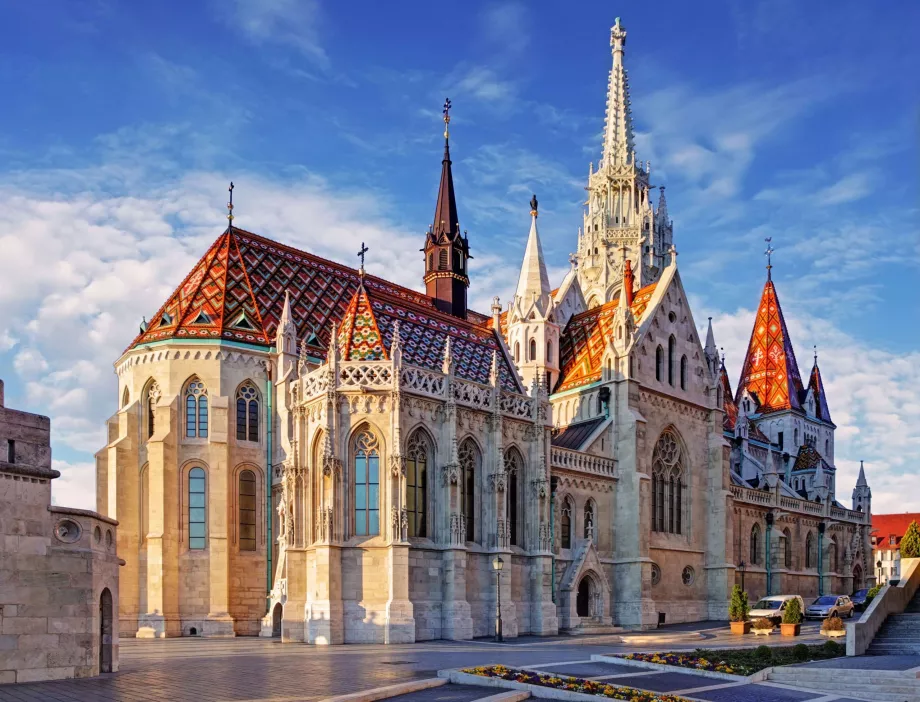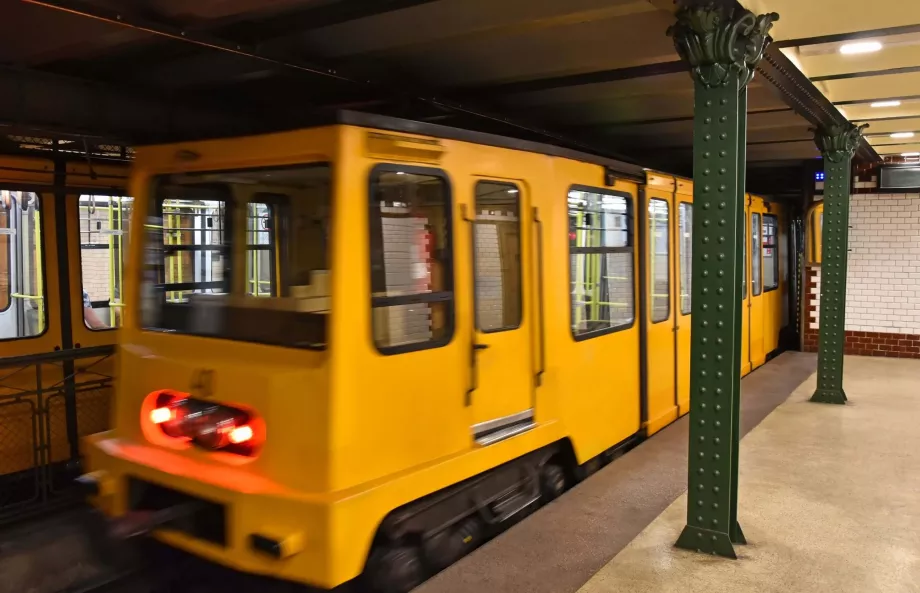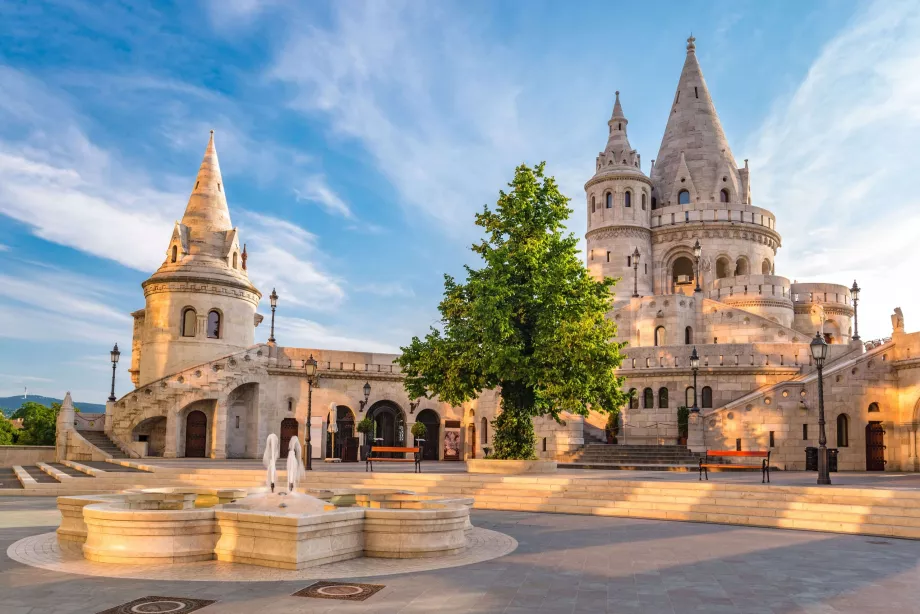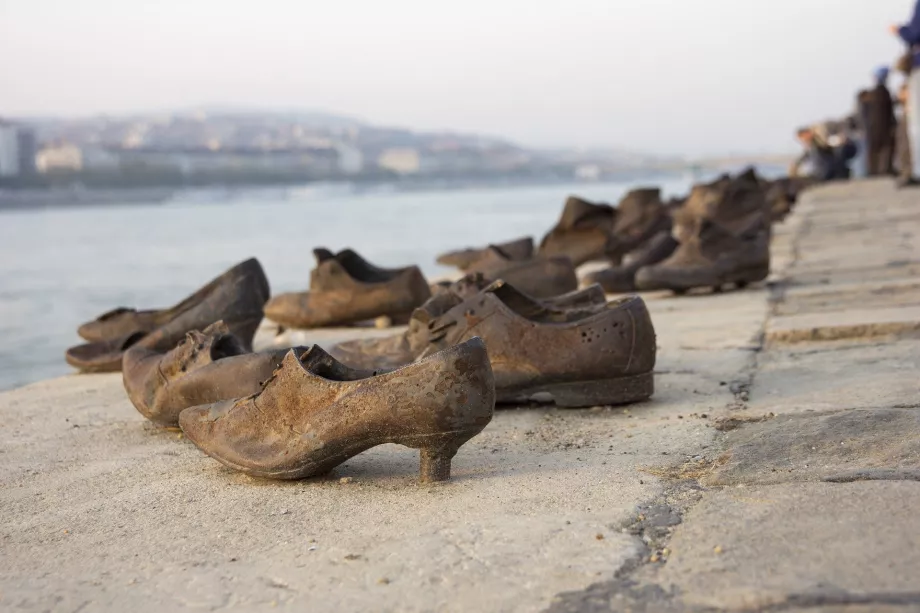Buda Castle
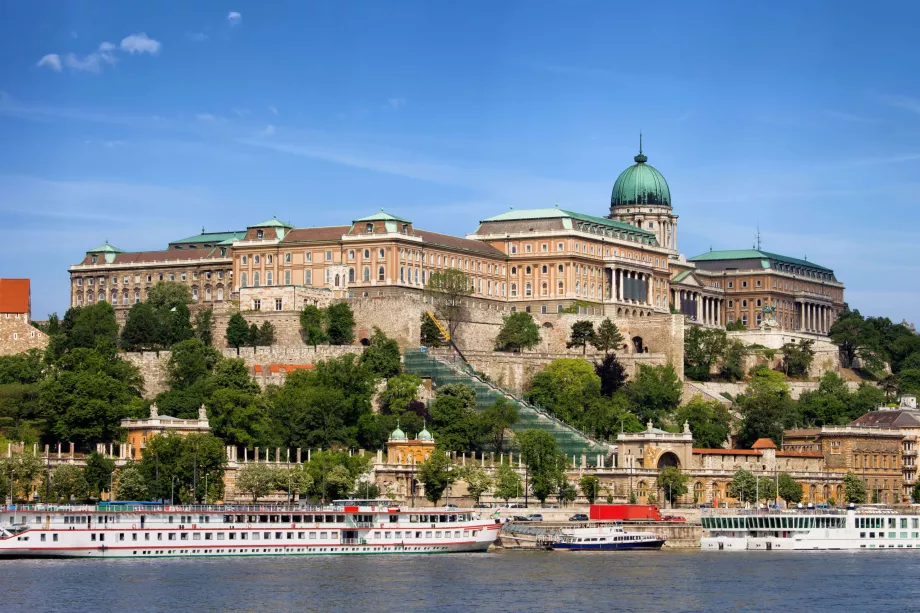
The most prominent landmark of the former city of Buda, now part of Budapest, is Buda Castle, sometimes referred to as the Royal Castle.
The 10 best hotels in Budapest
The Buda Castle, called Budai Vár in Hungarian, is the central structure of Budapest's Castle Hill and, like Prague Castle, is actually an entire complex of palaces and a medieval town with several other important monuments, led by the Fisherman's Bastion and Matthias Cathedral.
From Buda Castle you can see the opposite bank where the Parliament rises.
The Royal Palace, symbol of the Hungarian state
The history of the castle dates back to the 13th century, when its construction was initiated by King Béla IV of Hungary, and under Sigismund of Luxembourg it was significantly enlarged to the extent that it was one of the largest Gothic buildings in the world at the time. After the Battle of Mohács in 1526, a part of the Hungarian kingdom fell to the Ottoman Empire and the Jagiellonians relocated to the safer Prešpurk, today's Bratislava, and in 1686 the castle was almost completely destroyed.
Buda Castle did not enjoy good times in later centuries either, when it was alternately rebuilt and destroyed. The golden age did not come until the mid-19th century, when the castle was completely restored in the Baroque-Renaissance style, and in 1867 it played an important role in the coronation of Franz Joseph I as King of Hungary, which became a symbol of peace between the Habsburg dynasty and the Hungarian nation.
The castle experienced its greatest glory at the turn of the 19th century when it was enlarged to huge and monumental proportions and in 1912 a high dome was built, which towers over all the surrounding buildings. However, towards the end of the Second World War, the entire castle complex was almost completely destroyed by bombing.
It was not until 1968 that it was rebuilt in a greatly reduced form due to financial savings, which is where the present-day appearance of Buda Castle comes from. The area was inscribed on the UNESCO list in 1978, and there are a number of sights here.
Entrance fees and opening hours
Entrance to the grounds and all the courtyards of Budapest Castle is free and without time limit.
There are various museums or galleries in the different buildings of the palace, so you can always get in individually if you are interested in one of the exhibitions. You can visit the following institutions in Buda Castle:
- The Castle Museum (varmuzeum.hu)
- Széchenyi National Gallery (oszk.hu)
- Hungarian National Gallery (en.mng.hu)
Medieval Old Buda
Buda Castle is directly connected to the oldest part of contemporary Budapest and the romantic historic centre of the former Buda (Buda) with its narrow streets and beautiful corners.
The layout of Old Buda originally dates back to the 13th century, but after considerable looting by the Turks and damage during the Second World War, its current appearance is mainly the work of slow restoration during the 20th century. However, the reconstruction of Old Buda was carried out very sensitively and it has retained its original medieval character.
Location and transport
You can climb the castle on foot through the park, take a bus or use the historic land cable car - Budavári Sikló. The boarding station can be found at the gate to the tunnel under the castle near the Chain Bridge.
If you don't want to walk or use the cable car, you can also take a bus directly to the castle:
- Bus stop Dísz tér - buses 16, 16A, 116
- Bus stop Palota út - bus 16
Accommodation in Old Buda
If you want to stay in the heart of the historic centre of Budapest, the area around Buda Castle is the right choice. However, you can expect slightly higher accommodation prices here than in the centre of Pest, the current city centre across the river. Check out the most popular hotels right in the Buda Castle area:
- Hotel Castle Garden (cheapest 4* hotel in the general area)
- Buda Castle Hotel Budapest
- Hilton Budapest
What to see around
Discover all the places to see in Budapest.
Any questions left?
If you have any questions or comments about the article...

